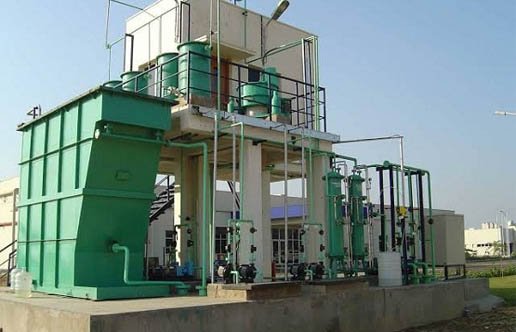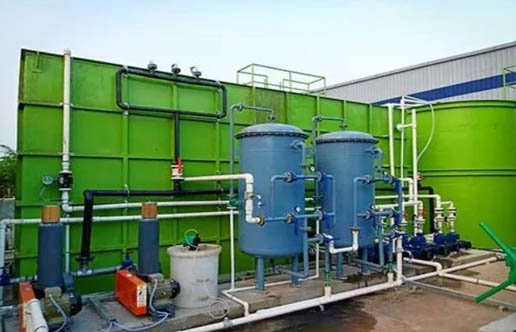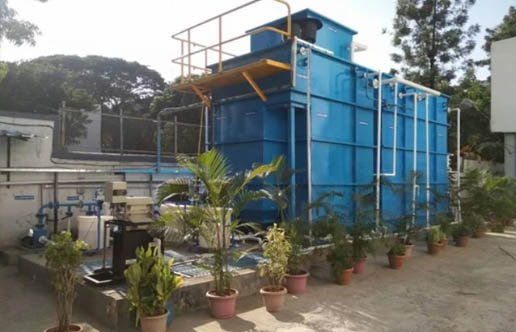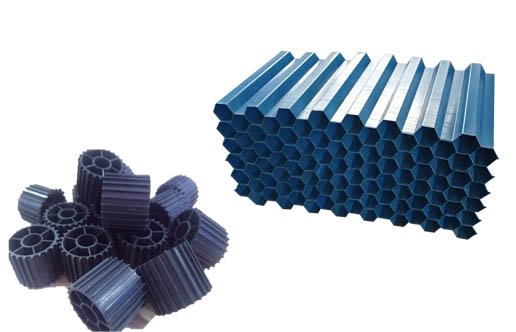MBBR Media
We are the best manufacturers and suppliers of MBBR Media in India. Moving bed biofilm reactor manuf...
Get a Free QuoteMOVING BED BIOFILM REACTOR | Best MBBR Media Manufacturers and Suppliers
Moving Bed Biofilm Reactor (MBBR Media) is nothing but a wastewater treatment process that utilizes a bed of plastic media in aeration tanks to support the growth of microorganisms that helps in removing organic and nitrogenous pollutants from the wastewater. The plastic media provides a surface area on which the microorganisms can attach and grow, forming a biofilm.
The biofilm breaks down the pollutants in the wastewater through a process called aerobic digestion. In an MBBR system, the plastic media is kept in constant motion by aeration, mixing the wastewater, and allowing the microorganisms to have access to a steady supply of nutrients. The moving media also helps prevent clogging and maintain high levels of oxygen throughout the reactor. MBBR systems are commonly used in municipal and industrial wastewater treatment plants as a secondary treatment process after primary sedimentation. The other uses include aquaculture systems for the removal of ammonia and nitrite. The advantages of MBBR systems are their compact size, ease of operation and maintenance, and high treatment efficiency.
Benefits of MBBR Media
We at Trity Environ Solutions are one of the reputed companies in the market that supplies top-quality MBBR systems which are used to treat wastewater through plastic media, it has many advantages and one of them is that it can be easily availed through contacting MBBR Media Manufacturers-
● High Treatment Efficiency: MBBR systems are highly effective in removing organic and nitrogenous pollutants from wastewater, which results in high treatment efficiency and as far as flexibility MBBR systems is considered then it is a system which can be easily customized as per the need in order to meet the specific treatment requirements of different wastewater types, making them multifaceted.
● Compact Size: MBBR systems have a small footprint and require less space compared to other types of wastewater treatment systems, making them ideal for use in areas where space is limited. Also, MBBR systems have low operating costs, as they require less energy, chemicals, and maintenance compared to other types of wastewater treatment systems.
● Easy to Install and Expand: MBBR systems are easy to install and expand, making them ideal for both new and existing wastewater treatment facilities also they are highly reliable and require minimal operator intervention, reducing the risk of system failure.
● Low Operating Costs: MBBR systems have low operating costs, as they require less energy, chemicals, and maintenance compared to other types of wastewater treatment systems.
Different Stages-
Moving Bed Biofilm Reactor (MBBR) is a biological wastewater treatment technology that can be obtained through MBBR Media suppliers utilizes a combination of suspended and attached growth systems that to remove organic and inorganic pollutants from wastewater. The process occurs in several stages, as outlined below:
1. Pre-treatment: Wastewater enters the MBBR and therefore pre-treatment to remove large particles and debris, such as rocks and plastic bags, that can choke the system and impair the performance of the process.
2. Biofilm Formation: As wastewater flows through the reactor, it comes into contact with a suspended carrier media, which provides a surface for the growth of microorganisms. These microorganisms form a biofilm on the surface of the carrier media, which acts as a substrate for the growth of bacteria.
3. Biological Treatment: The microorganisms in the biofilm break down the organic matter in the wastewater, converting it into carbon dioxide and water. The bacteria use the nutrients in the wastewater as a food source, allowing them to reproduce and maintain the biofilm.
4. Nitrification: In the next stage, nitrifying bacteria convert ammonia in the wastewater into nitrate through a two-stage process. The first stage involves the conversion of ammonia to nitrite, while the second stage involves the conversion of nitrite to nitrate.
Related Products


STP and ETP Plant Manufacturer in Faridabad
Trity Environ Solutions manufacturers and suppliers of STP and ETP Plants in Faridabad. Sewage Treatment...


STP and ETP Plant Manufacturer in Sikkim
Trity Environ Solutions manufacturers and suppliers of STP and ETP Plant in Sikkim. Sewage Treatment...


STP and ETP Plant Manufacturer in Noida
Trity Environ Solutions manufacturers and suppliers of STP and ETP Plant in Noida. Sewage Treatment...


STP and ETP Plant Manufacturer in Jodhpur
Trity Environ Solutions manufacturers and suppliers of STP and ETP Plant in Jodhpur. Sewage Treatment...


STP and ETP Plant Manufacturer in Lucknow
Trity Environ Solutions manufacturers and suppliers of STP and ETP Plant in Lucknow. Sewage Treatment...


STP and ETP Plant Manufacturer in Mathura
Trity Environ Solutions manufacturers and suppliers of STP and ETP Plant in Mathura. Sewage Treatment...


STP and ETP Plant Manufacturer in Jabalpur
Trity Environ Solutions manufacturers and suppliers of STP and ETP Plant in Jabalpur. Sewage Treatment...


STP and ETP Plant Manufacturer in Kundli
Trity Environ Solutions manufacturers and suppliers of STP and ETP Plant in Kundli. Sewage Treatmen...


STP and ETP Plant Manufacturer in Nepal
Trity Environ Solutions manufacturers and suppliers of STP and ETP Plant in Nepal. Sewage Treatment...


Sequencing Batch Reactor
Sequential Batch Reactors or Sequencing batch reactors (SBR) are industrial processing tanks for the...


